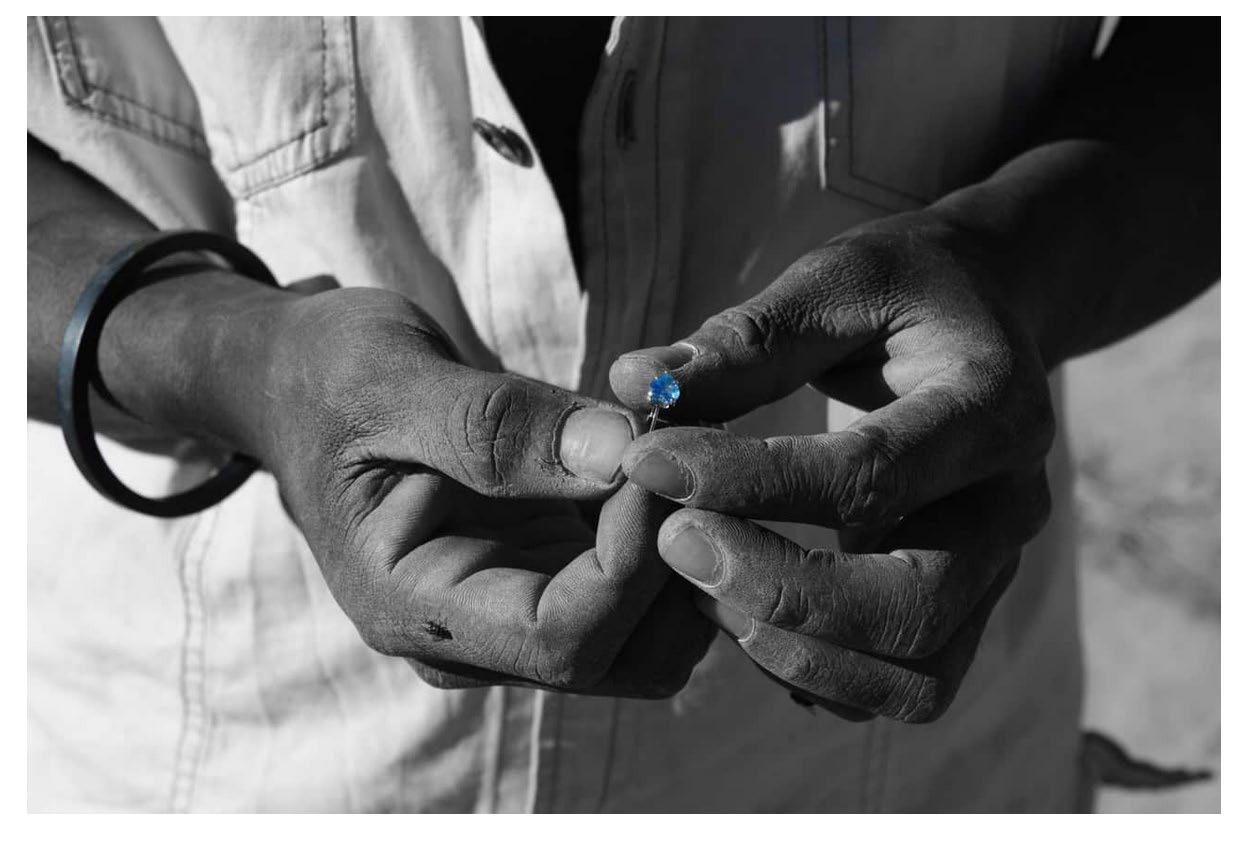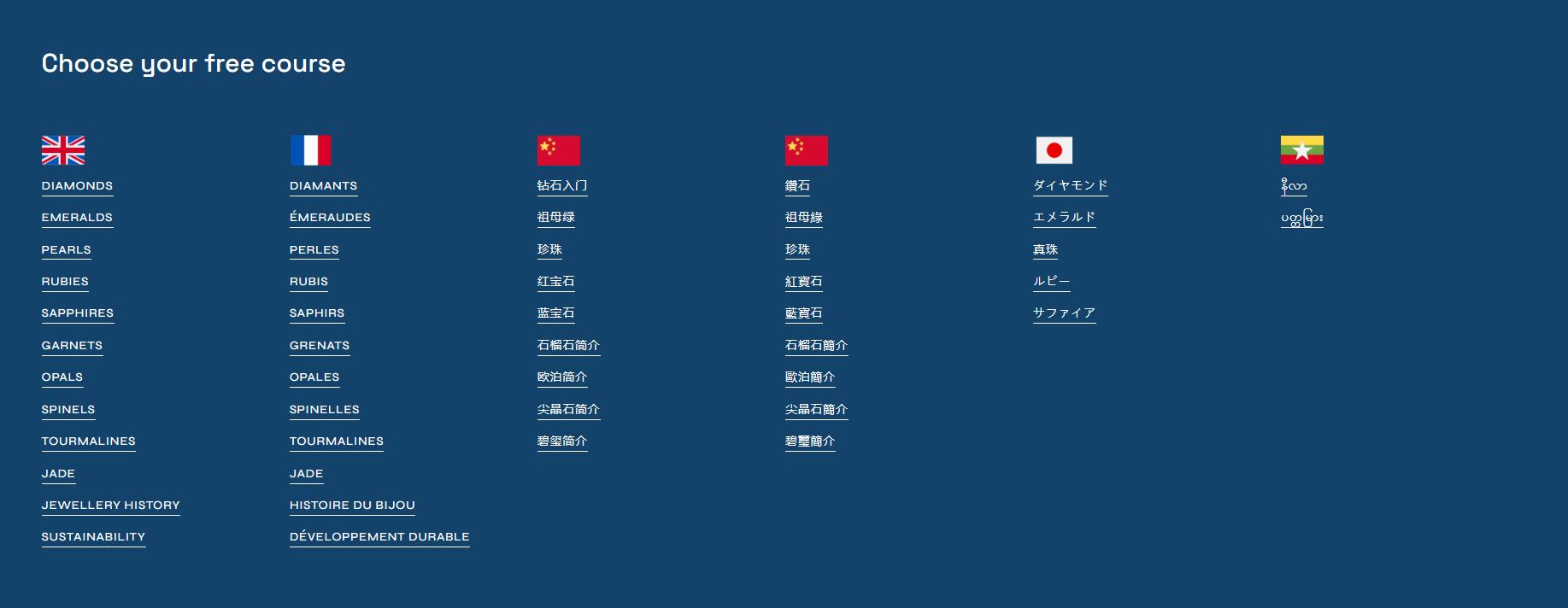
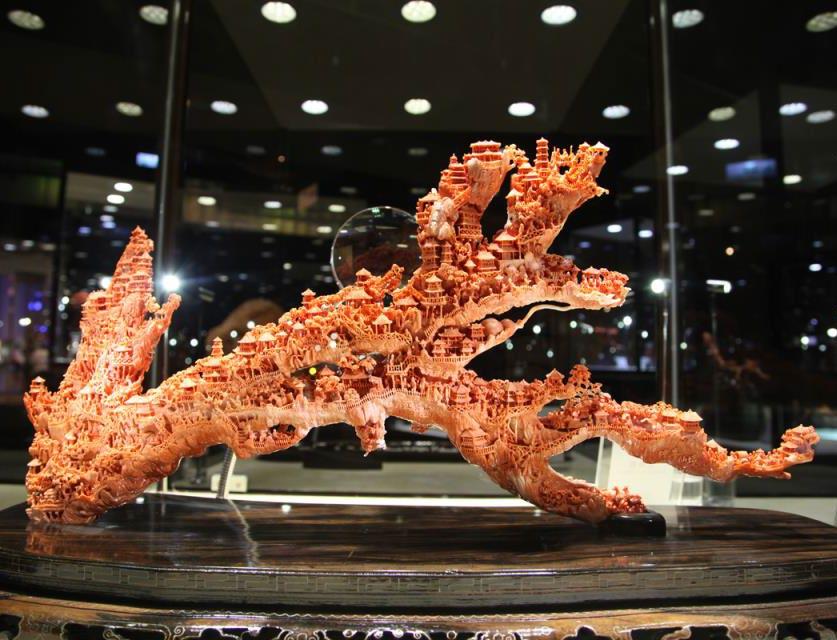
Swiss Gemmological Society, June 2025 | NEWS FROM THE SSEF
Presentation by Dr. Laurent E. Cartier & Dr. Michael S. Krzemnicki




Swiss Gemmological Society, June 2025 | NEWS FROM THE SSEF
Presentation by Dr. Laurent E. Cartier & Dr. Michael S. Krzemnicki

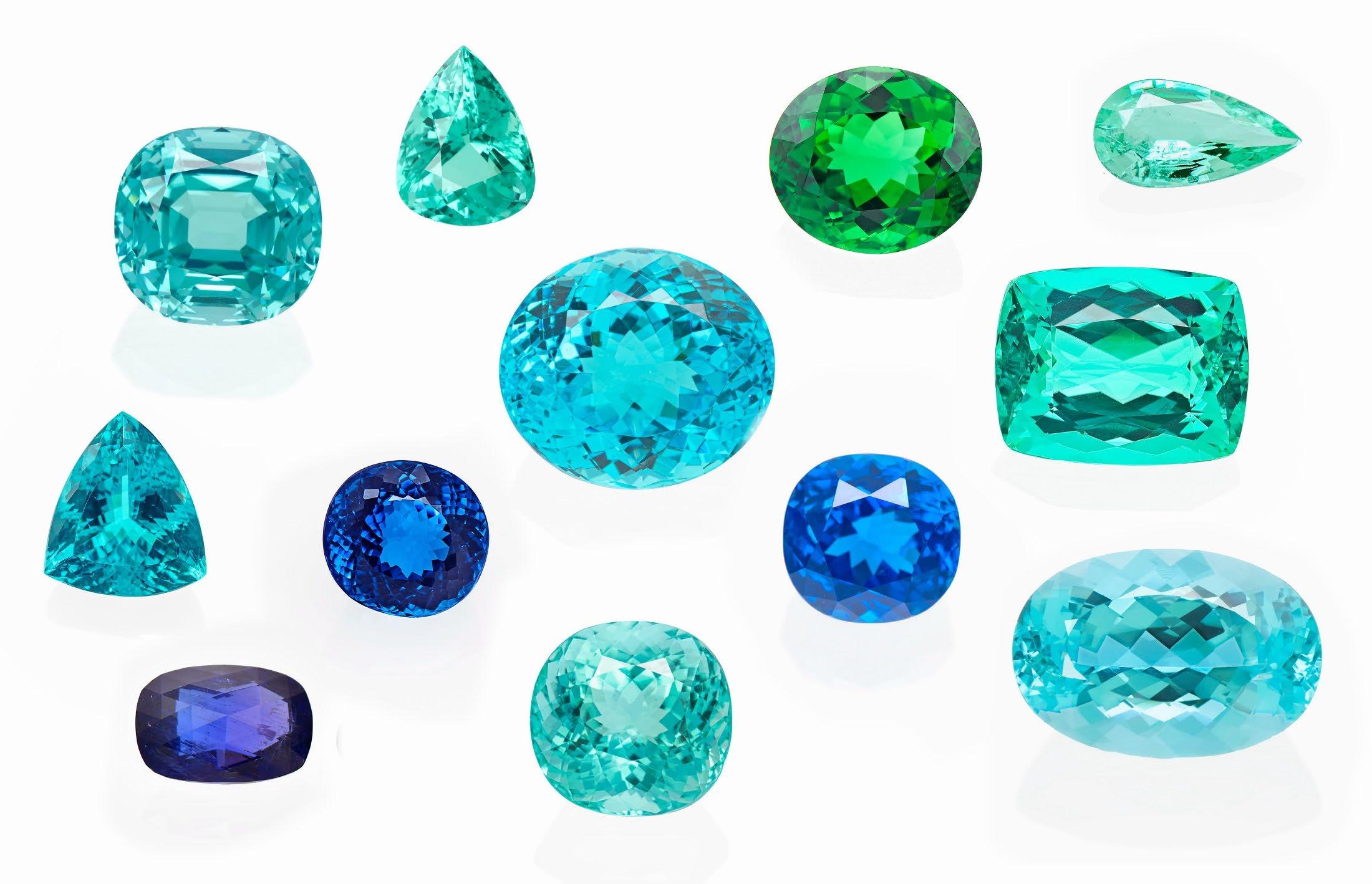

Issues:
- Colour range
- Colour saturation (Copper concentration)
- Treatment detection (Heating and fissure filling)
- Origin determination (Brazil, Mozambique, Nigeria)
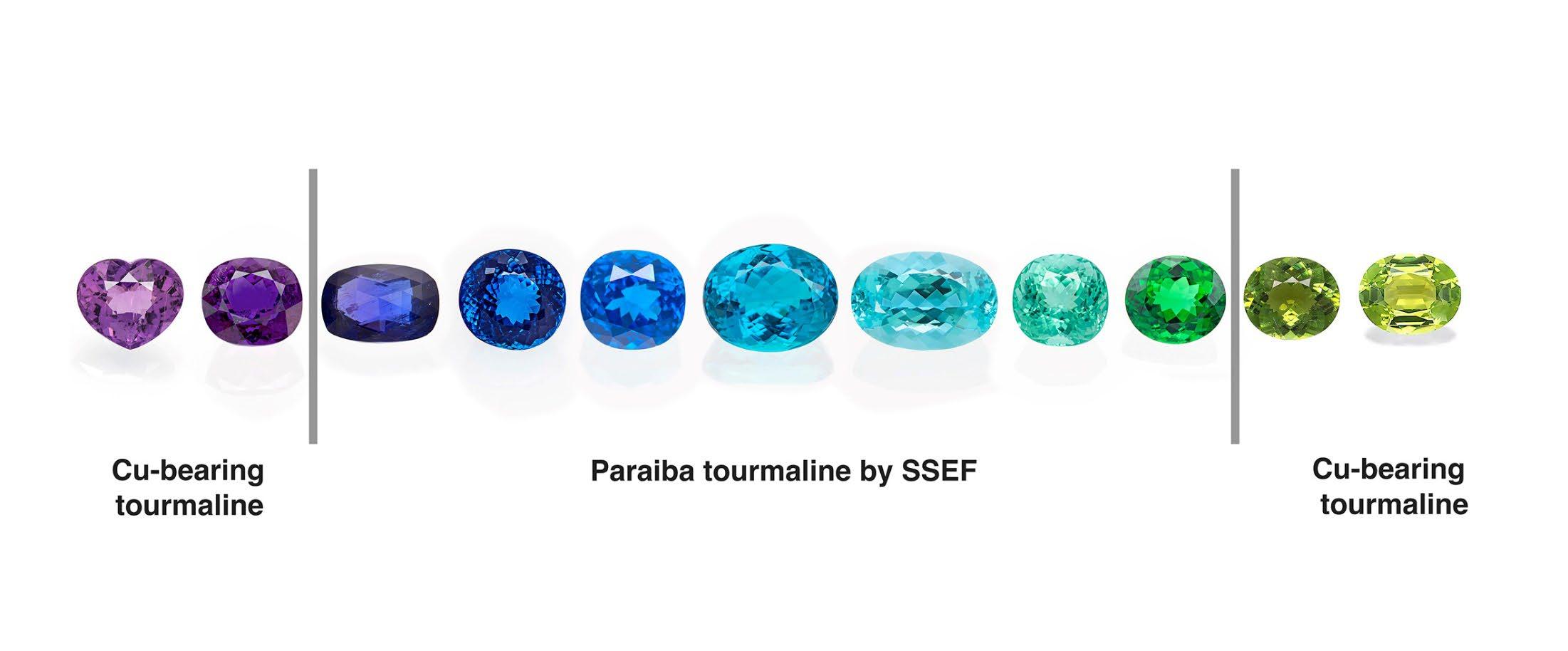
On SSEF reports, the term Paraiba tourmaline is mentioned only if the colour of a copper-bearing tourmaline ranges from deep blue to vivid green.

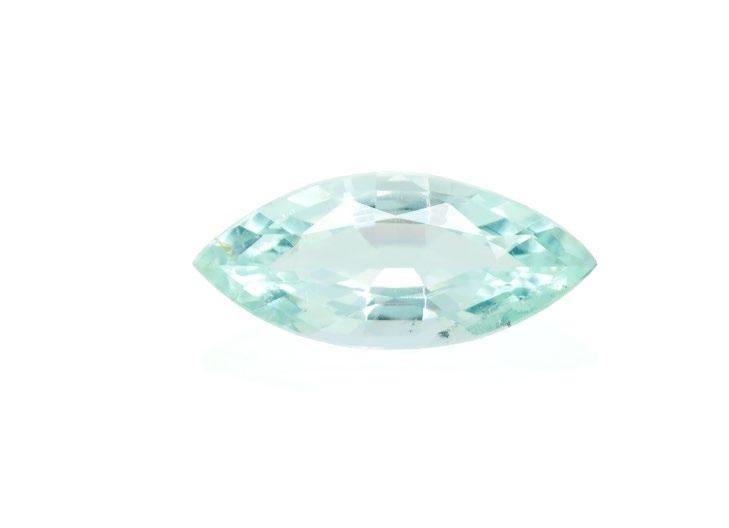
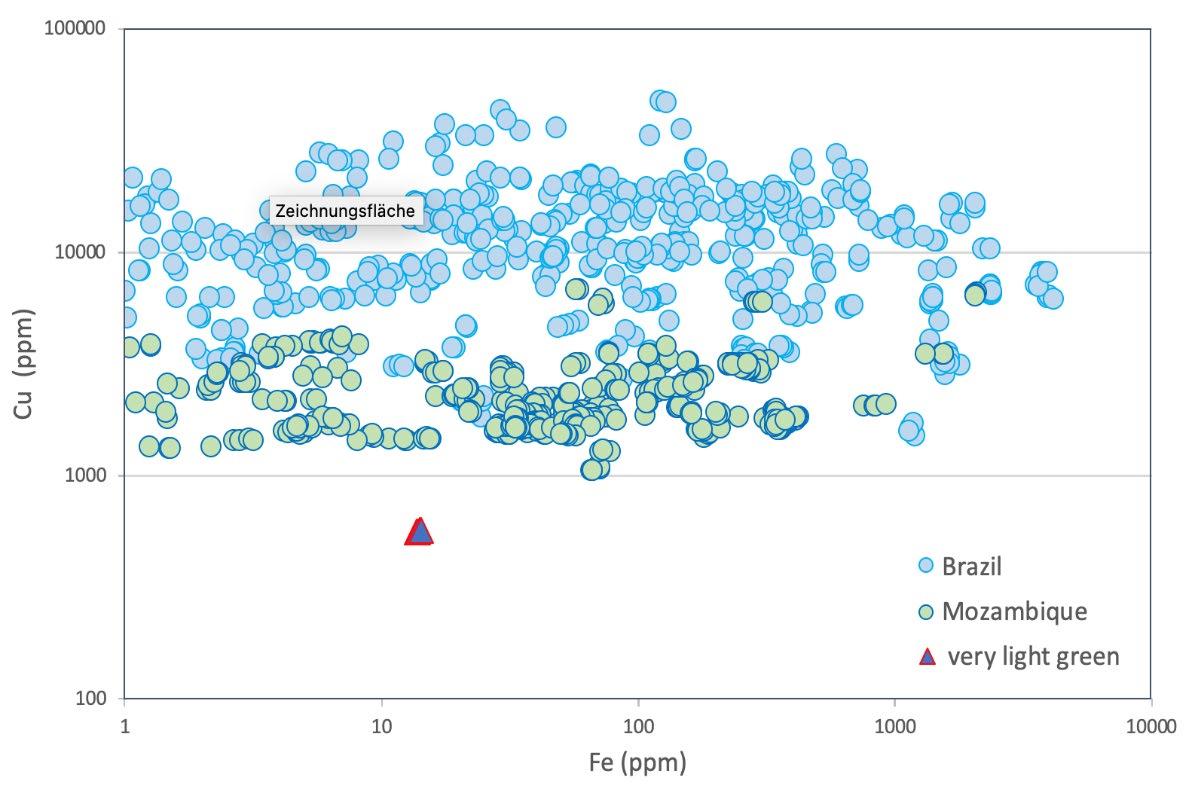
This tourmaline from Mozambique contains only low traces of Cu and as a result a weak colour saturation. It is not considered a Paraiba tourmaline!
See also updated LMHC information sheet No. 6: https://www.lmhc-gemmology.org/gemstones


Cu-bearing tourmalines are commonly heated to remove purple hue. The presence of purple colour (even in tiny zones) is proof that the stones has not been heat treated!
Brown goethite in hollow channels in unheated Paraiba tourmaline
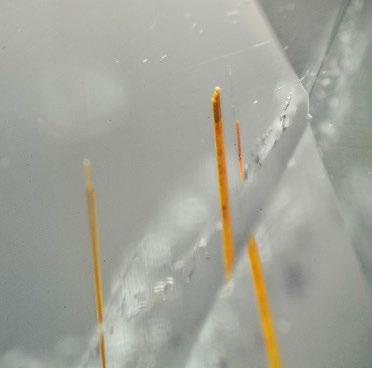
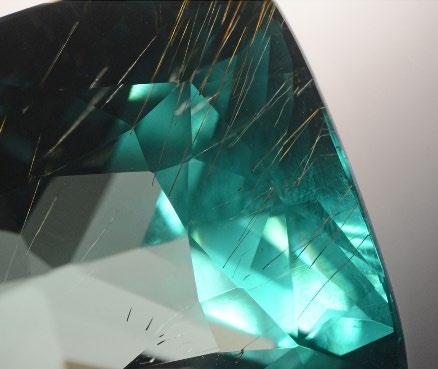

Red hematite in fissure and fluids with extension fissures in heated Paraiba tourmaline

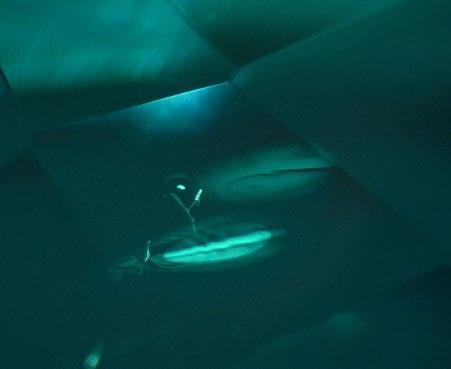
Data visualisation at SSEF using chemical scatterplots based on LAICP-TOF-MS analyses (GemTOF)
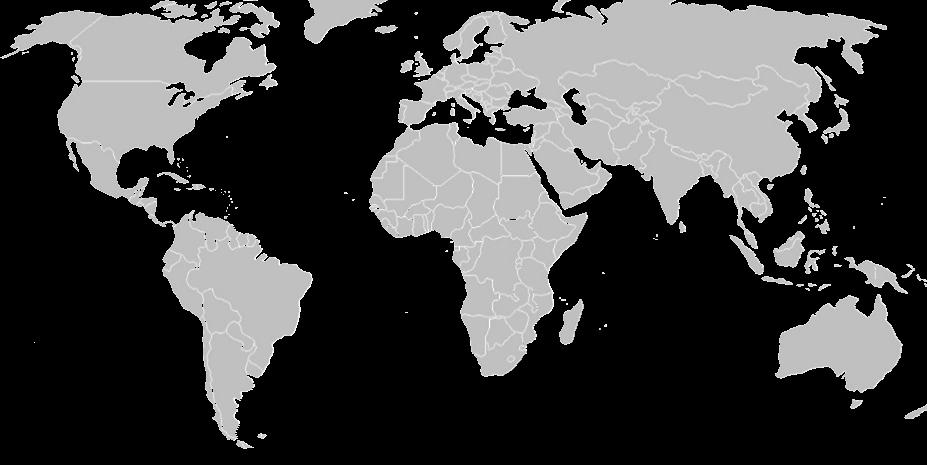
Nigeria: Edeko



Brazil: Paraiba & Rio Grande do Norte
Mozambique: Mavuco & Maraca

Client stone
Data visualisation at SSEF using machine learning algorithm (nonlinear unsupervised tSNE). concentration
AGTA Awards (Tucson 2024): Suite of Paraíba-type tourmalines (88 ct total) from Amba Gem Corp. Photo: SSEF


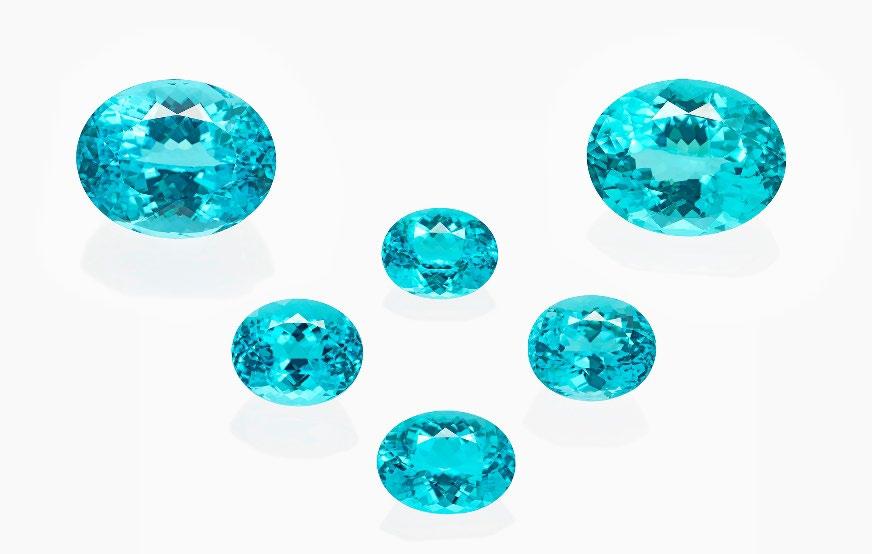
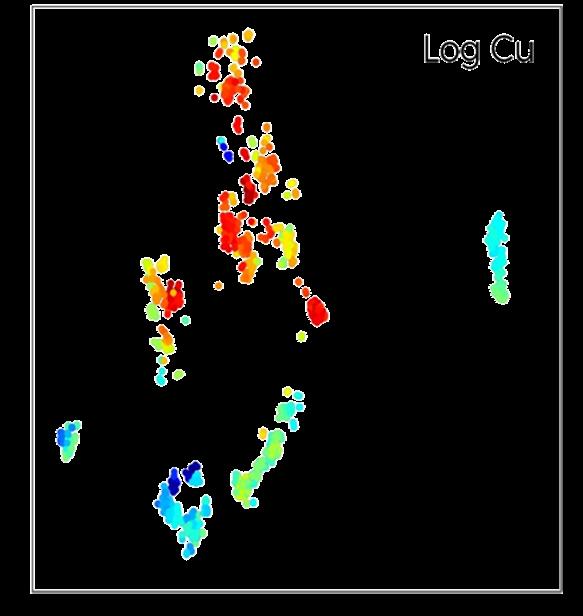
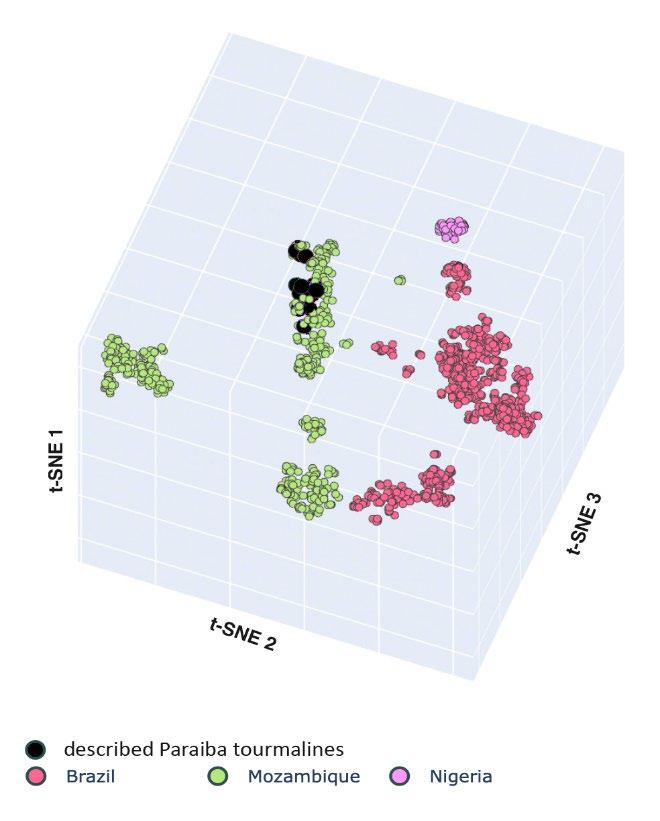

Since about two years, we have reliable information that rubies of purplish red tint (e.g. from Mozambique) and purplish-pink sapphires (e.g. from Madagascar) are treated by a small number of individuals using cancer radiotherapy equipment. This irradiation treatment may induce and/or activate colour centres in corundum that result in a shift to a more attractive red or pink hue. Usually, the colour is not fully stable, thus shifting back at least partially or fully after irradiation.

Since many years, the SSEF tests the colour stability of yellow, orange and padparadscha coloured corundum.
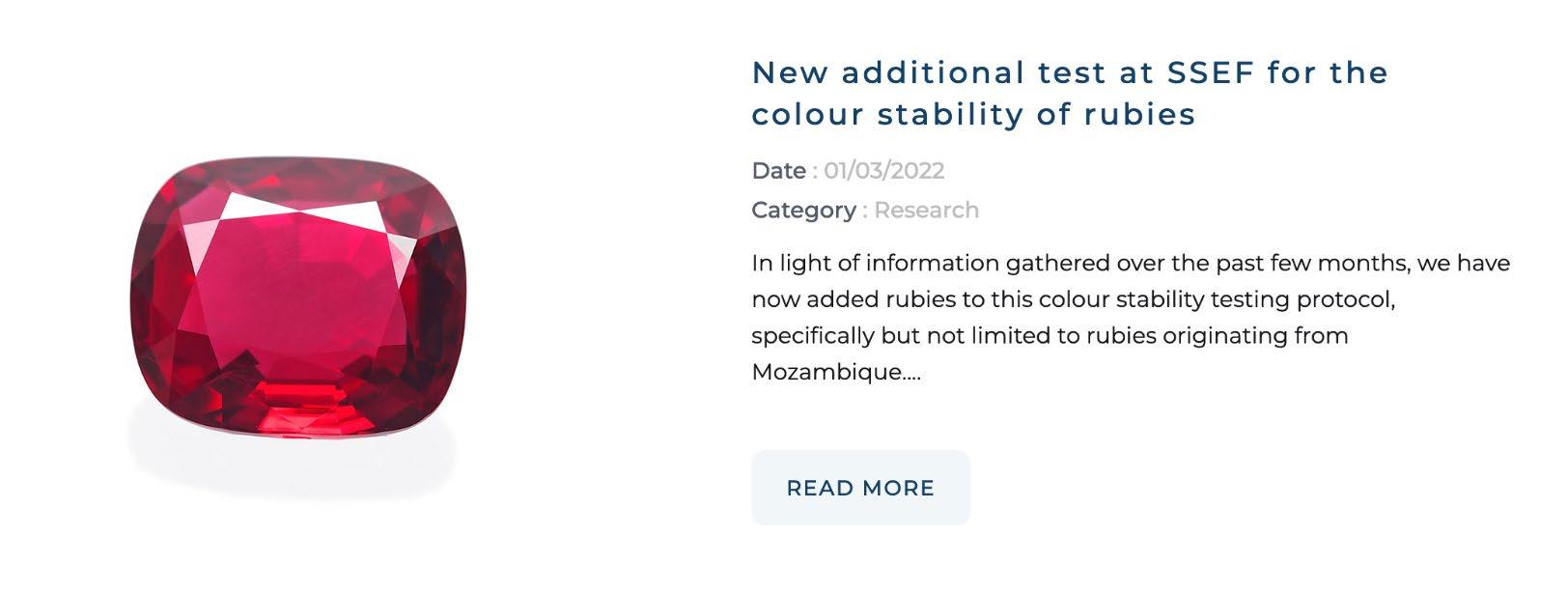
see: www.ssef.ch/news
In March 2022, we informed our clients about this new treatment and that we expanded the colour stability testing to certain rubies.
To better understand this treatment and to find criteria for detection, we started a research project including irradiation experiments using a linear accelerator in Switzerland.

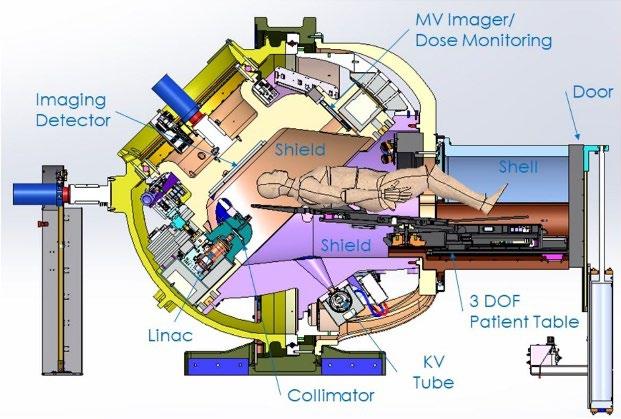
In the last few months, we have carried out numerous experiments using a wide range of radiation dose and energy.
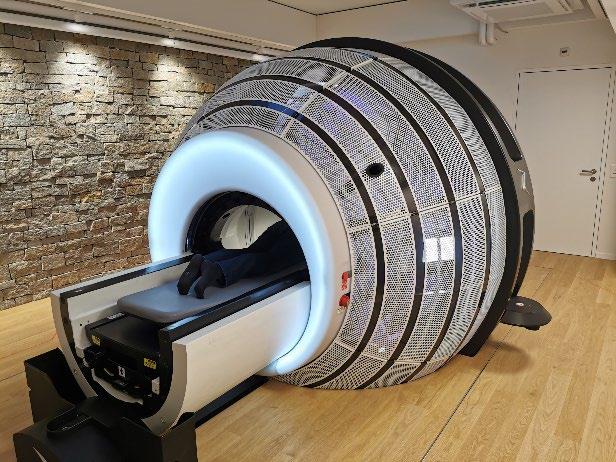


The samples were analysed with a range of state-ofthe-art methods. These include so far:
- UV-Vis spectroscopy
- FTIR spectroscopy
- Raman spectroscopy
- Photoluminescence spectroscopy
- Thermoluminescence spectroscopy
- Electron-Spin-Resonance spectroscopy
ESR-Spectra analysed at Uni Lausanne
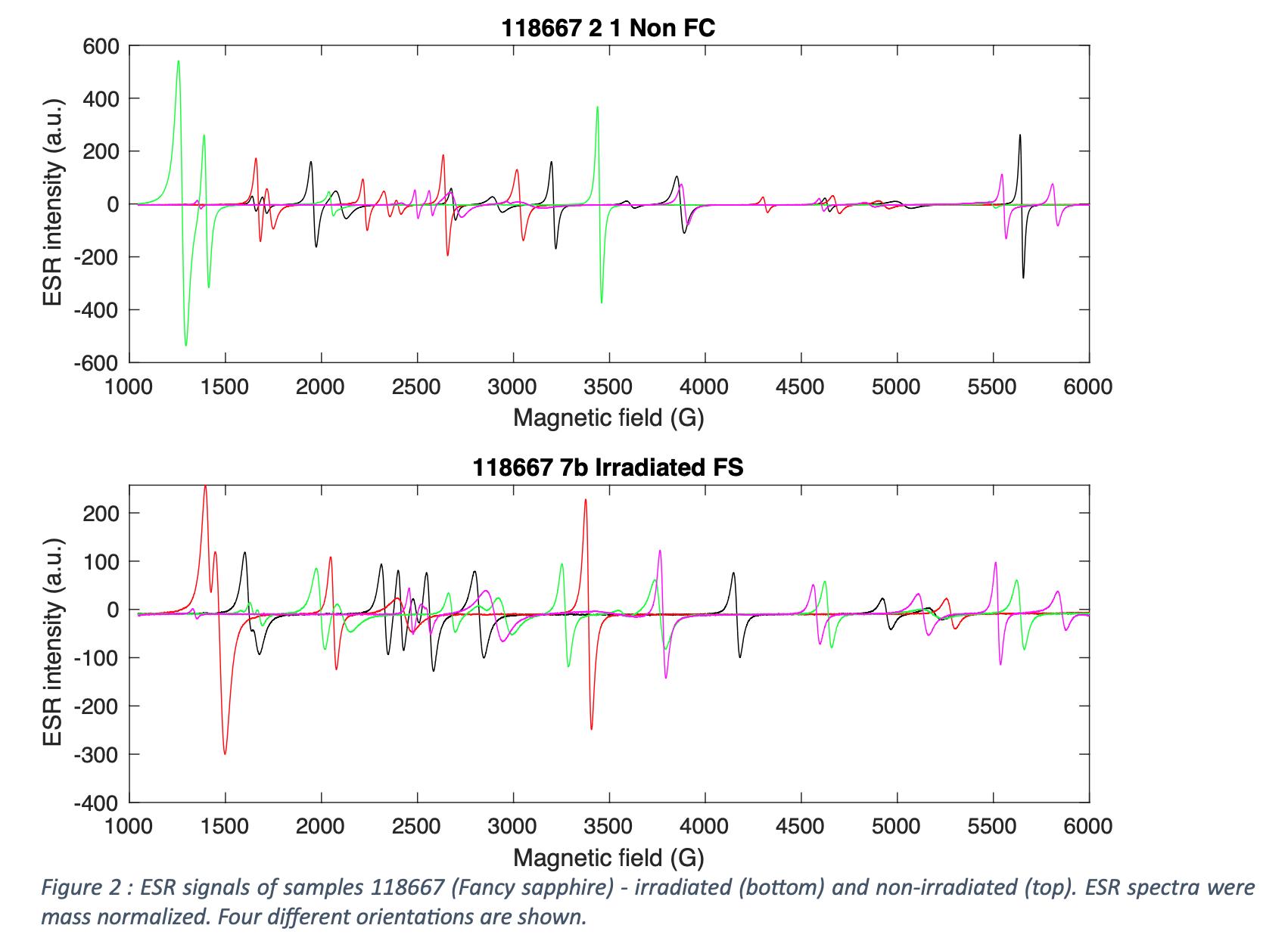

Thermoluminescence analysed in Freiberg (Germany)
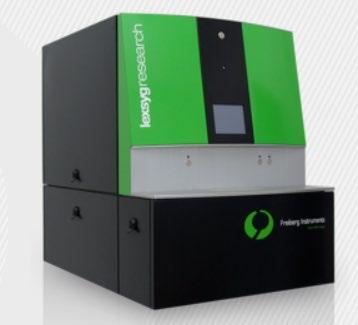
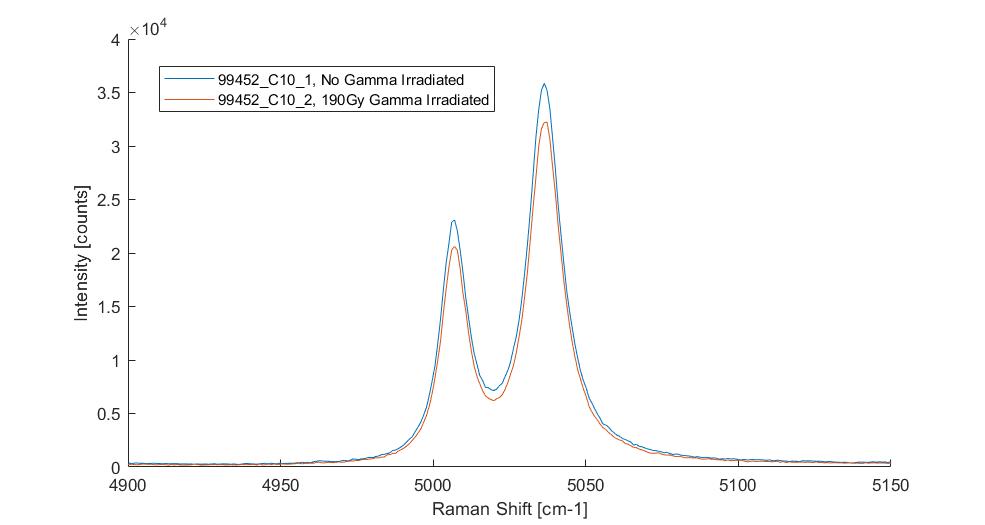
PL spectroscopy at SSEF R-Lines (emission)
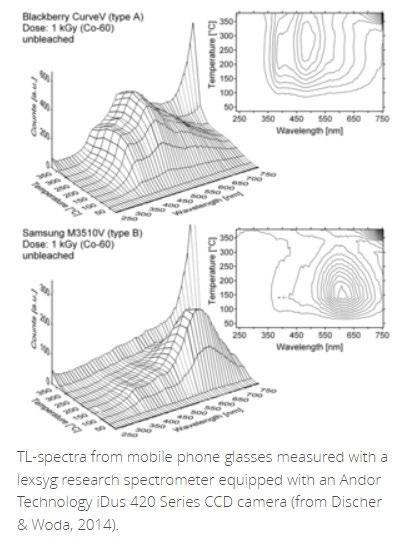
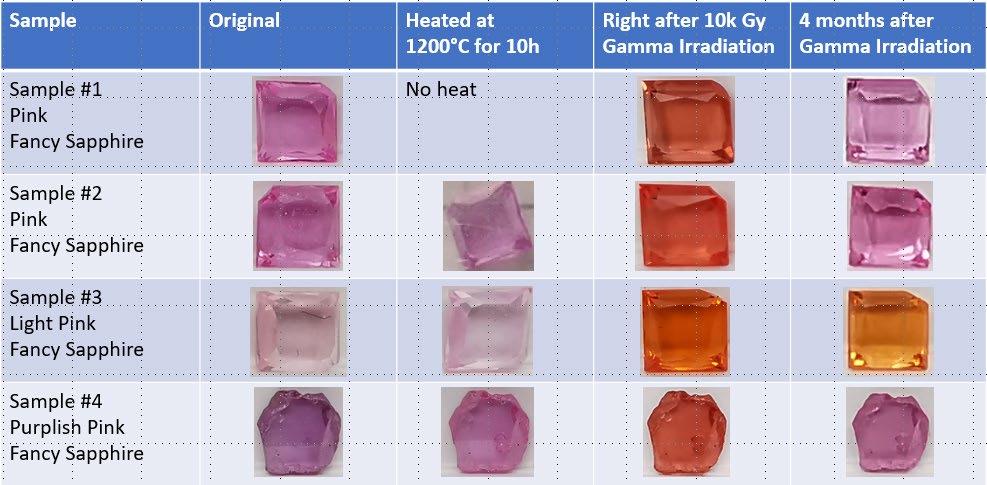
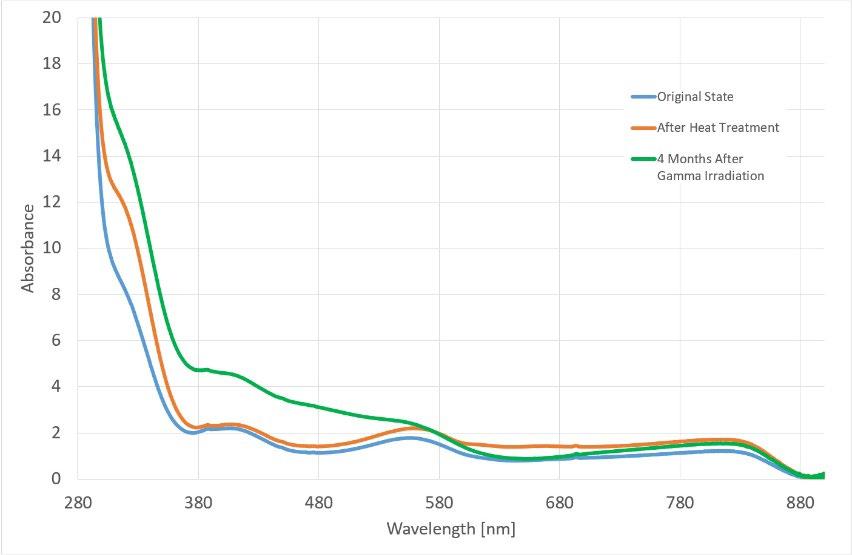
Irradiation Experiments by SSEF:
Distinct colour shift after irradiation in pink to purple sapphires, most not stable!
But no colour shift in all tested Mozambique rubies of saturated red colour after irradiation (in accordance with findings of other labs).


Only part of stones show a visible ‘enhancement’ of colour which is stable by this treatment.
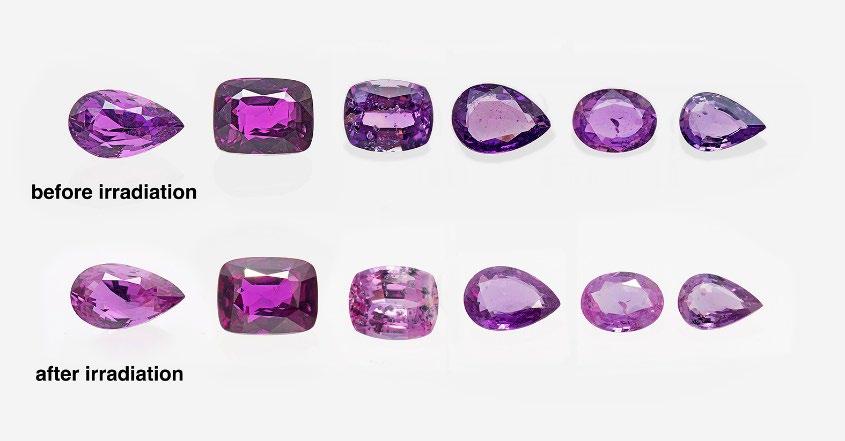
Initial colour
Same colour after irradiation
Irradiation
Initial colour
Colour stable
Fading test
Colour shift after irradiation
Irradiation
Initial colour
Slowly fading back to original colour.
Colour not stable!
Fading test
Colour shift after irradiation
Irradiation
Slightly shifted colour (more vivid) than initial.
Colour stable !
Fading test

• Irradiation treatment of corundum is known since many decades.
• So far, no scientific method to detect this treatment. Several gem labs (incl. LMHC) do research on this topic.
• To avoid colour shifting issues, most gem labs expand colour stability testing to include rubies, specifically if they show an orangey-red hue.
• SSEF colour stability testing on many hundred saturated red Mozambique rubies: We never observed a ruby with colour instability.
• Although not a proof, that such a ruby was not irradiated, it confirms at least that its colour is stable !
• All saturated red rubies irradiated by SSEF and other labs did not show any noticeable colour shift. We assume that this irradiation treatment is mostly successful for purplish red to purplish pink corundum of medium to low saturation.


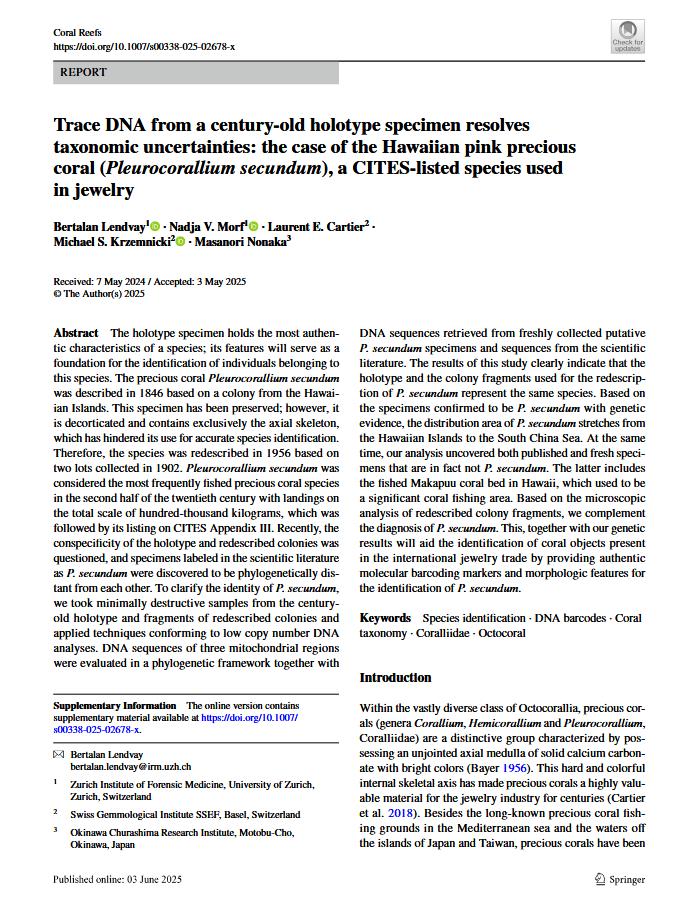

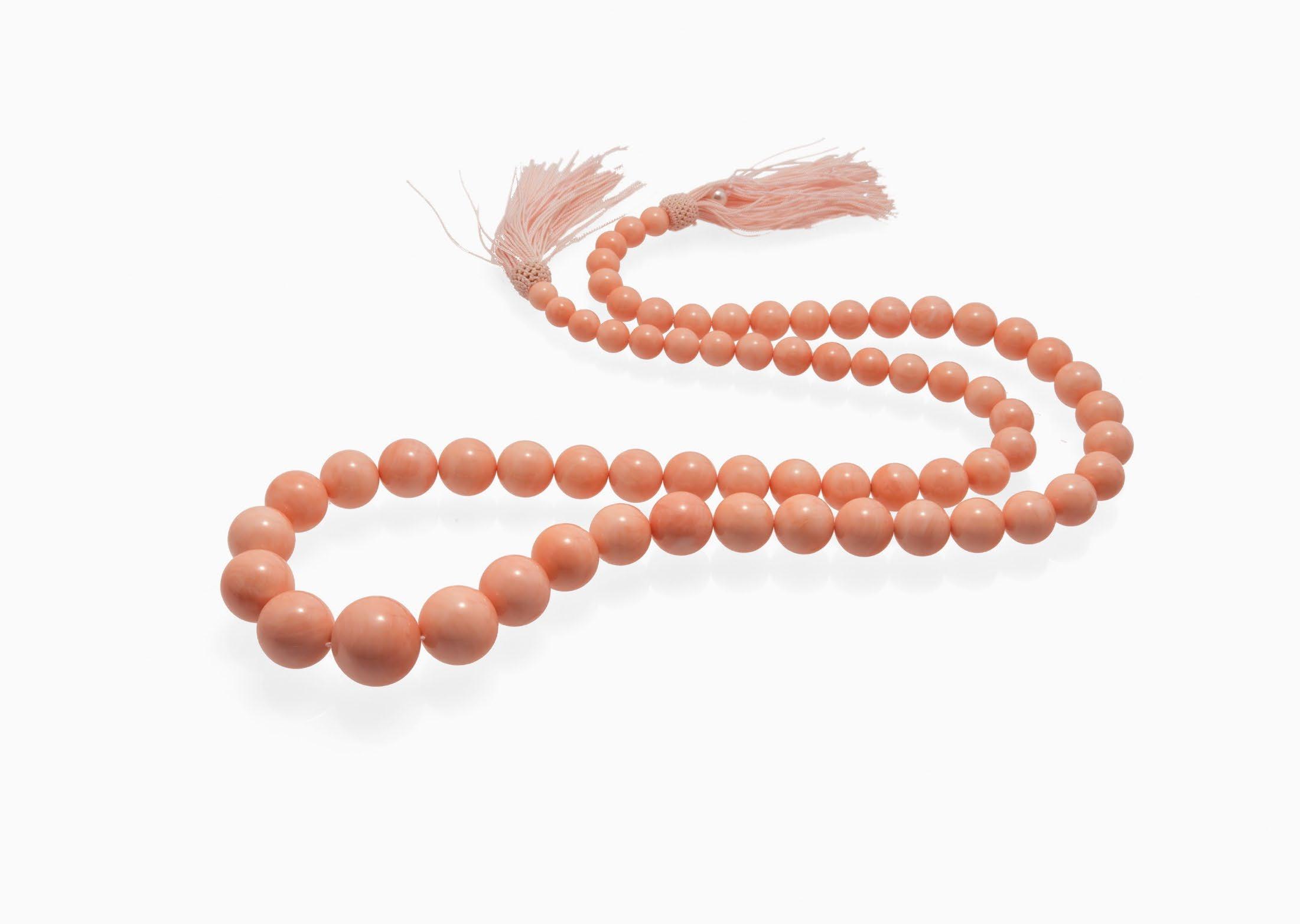
Exceptional coral strand with 67 coral beads (up to 26.75 mm) of perfectly matching colour and quality. Their subtle but attractive pink colour is poetically also referred to as ‘angelskincolour’ (boke). Such corals are commonly attributed to Pleurocorallium elatius .

Pleurocorallium elatius- boké / angel skin and magai
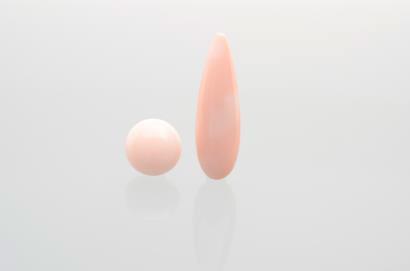

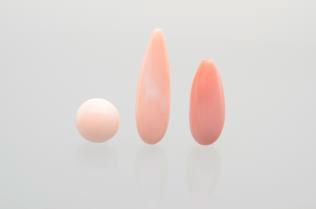

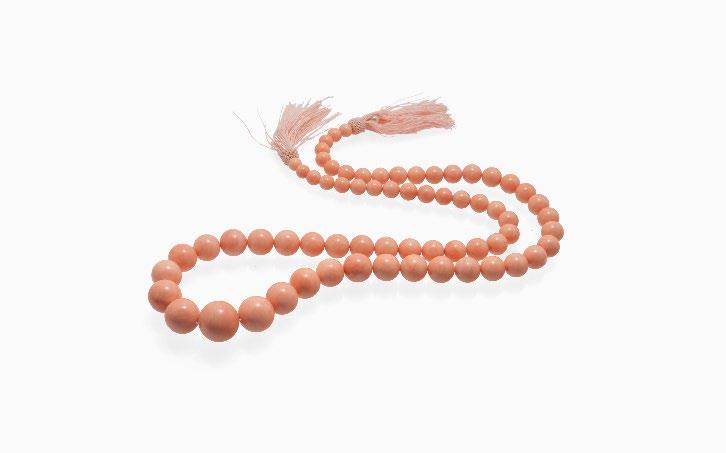
DNA testing on three randomly selected coral beads of this necklace revealed, that they belong to a scientifically so-far undescribed Pleurocorallium norfolkium species complex.
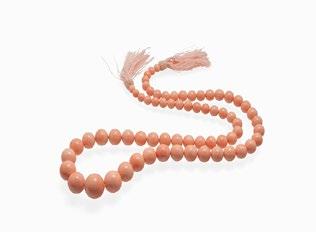




Pleurocorallium secundum was described by James D. Dana from the Hawaiian Islands with the former name Corallium secundum in 1846 as the second precious coral species in the Coralliidae family following the type species, Corallium rubrum (as Madrepora rubra Linnaeus, 1758) (Dana 1846).
Specimens labeled in the scientific literature as P. secundum were discovered to be phylogenetically distant from each other.
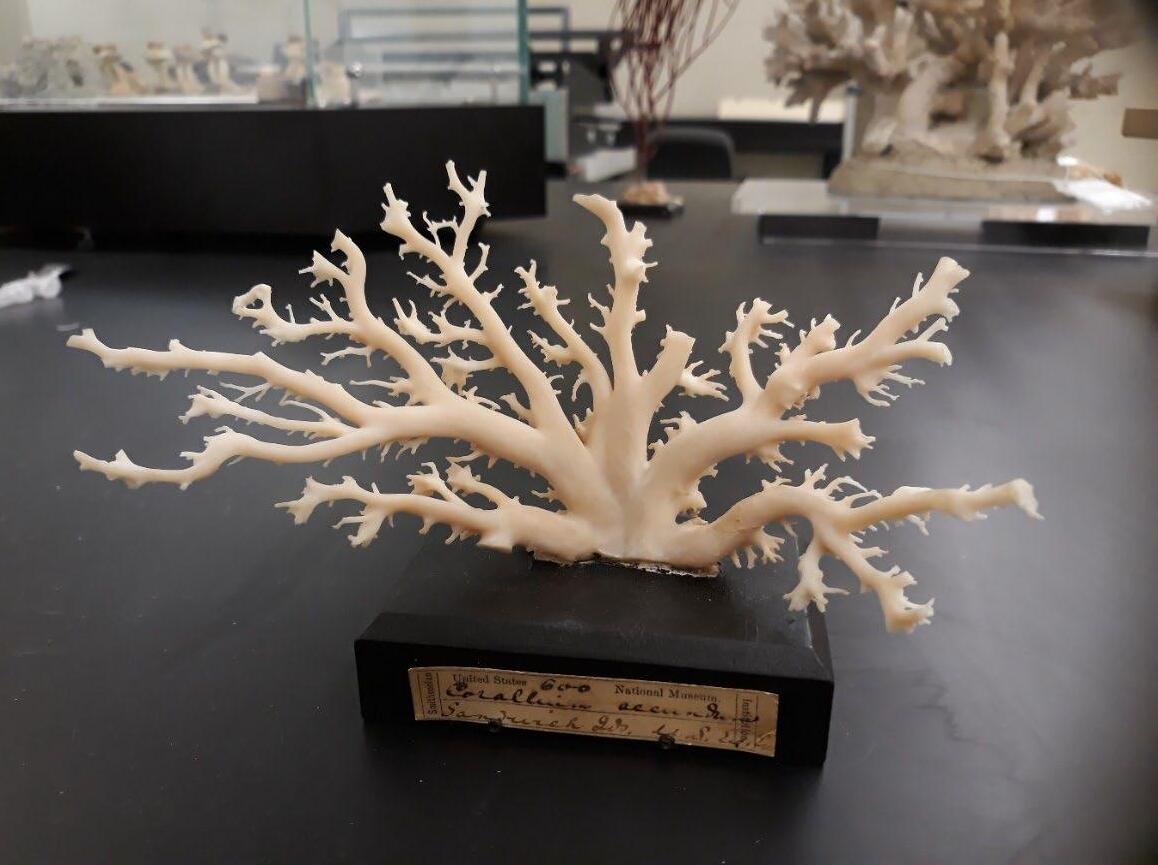

Pleurocorallium secundum was described by James D. Dana from the Hawaiian Islands with the former name Corallium secundum in 1846 as the second precious coral species in the Coralliidae family following the type species, Corallium rubrum (as Madrepora rubra Linnaeus, 1758) (Dana 1846).
Confirms that sample 8 studied by Tu et al. (2015) is secundum , and that geographic range of this species is thus not limited to Hawaii/Midway.
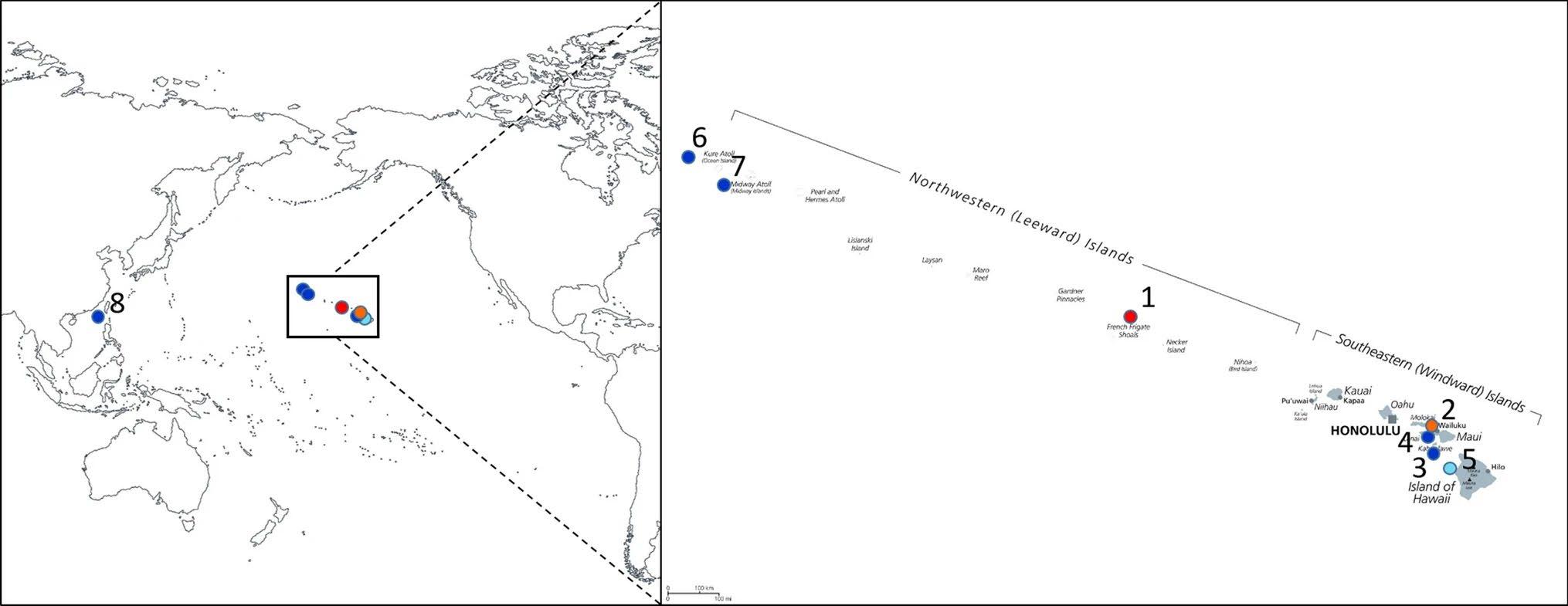

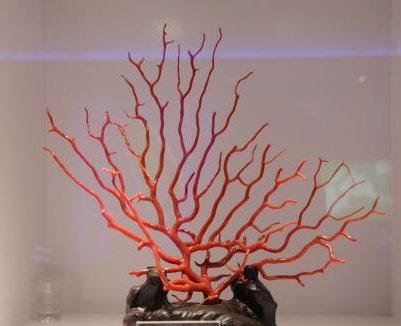
Rubrum(Mediterranean coral)
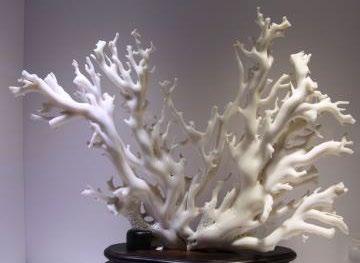
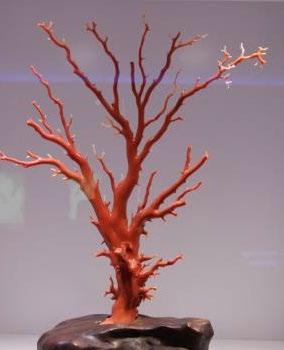
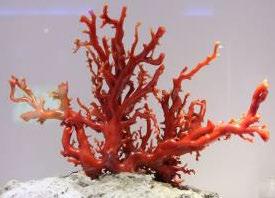
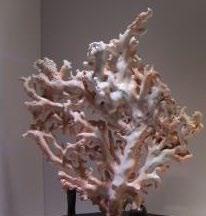


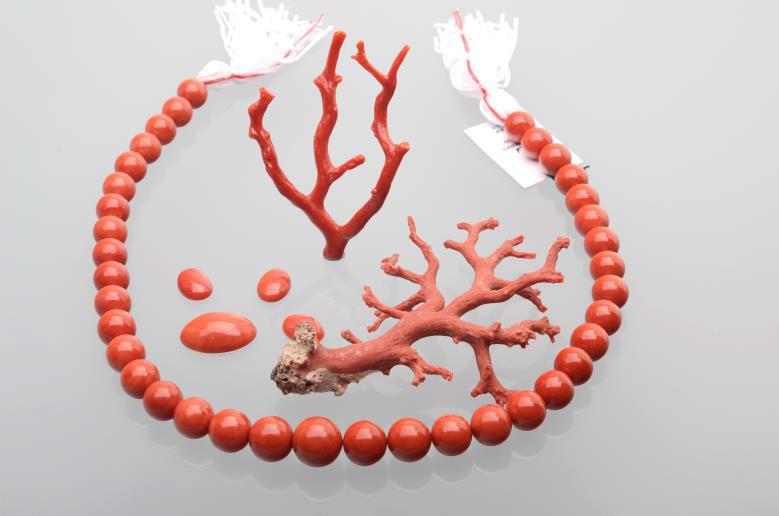
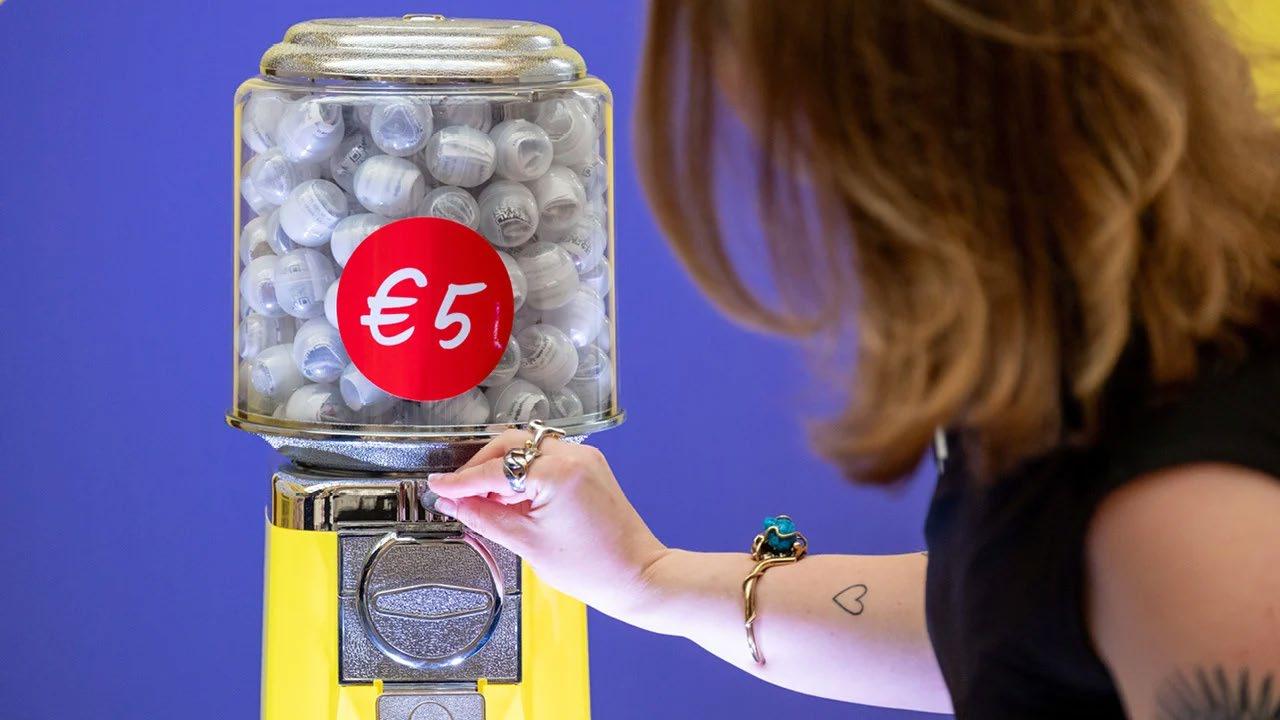
Source: AWDC






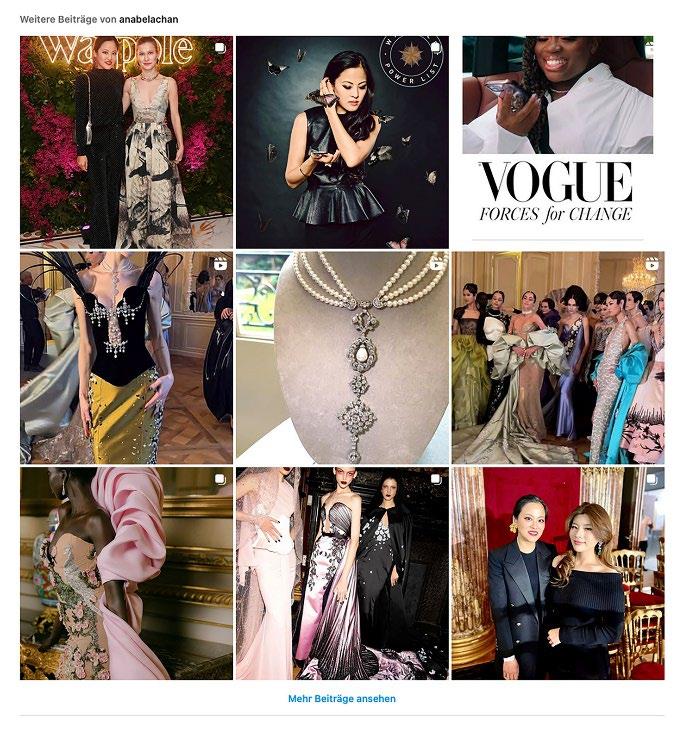
“Our laboratory-grown Paraiba tourmalines are in fact synthesized garnets (Y3Al2(AlO4)3) that have the same chemical and gemological properties as mined natural garnets. Free from inclusions, they have the perfect neon blue colour, clarity and brilliance.”

https://www.lmhc-gemmology.org/
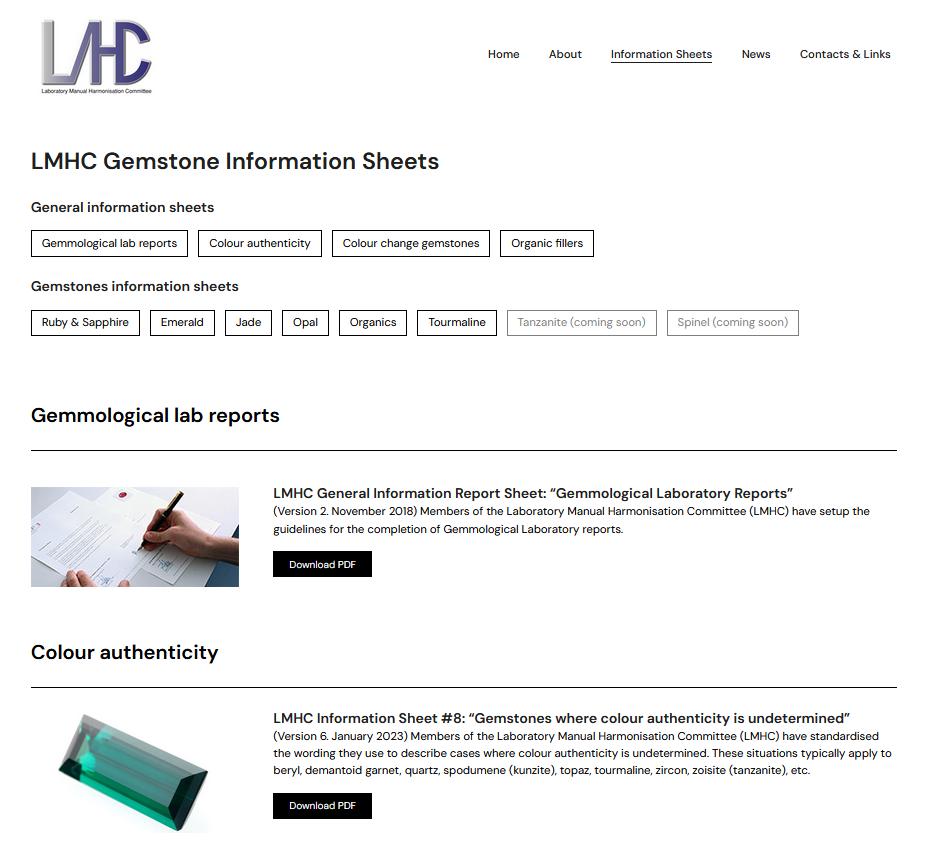
https://www.cibjo.org


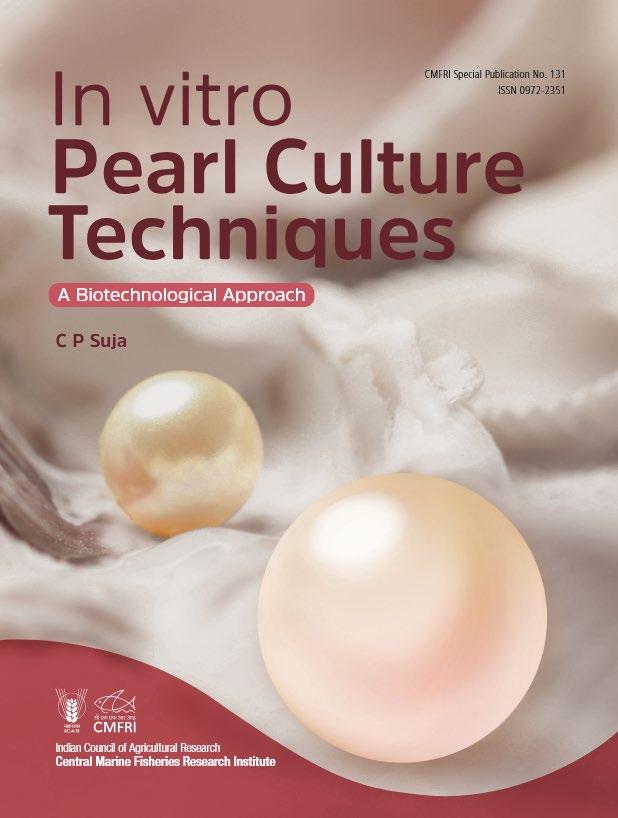

Th-Pb dating of parisite-Ce in Colombian emerald
• Parisite-Ce is a complex REE-calcium-fluorcarbonate.
• First described from the Muzo mines, Colombia.
• Occasionally as inclusion in Colombian emeralds.
• Th–Pb radiometric dating of parasite-Ce inclusion in drop-shaped emerald (sample A) from a client.
• Approximate age of 37 Ma, in-line with hydrothermal formation ages of emeralds in Colombia.
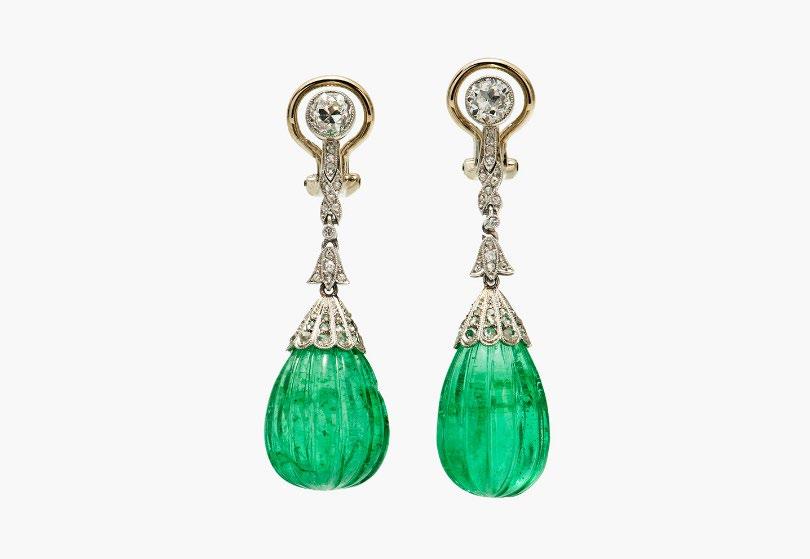
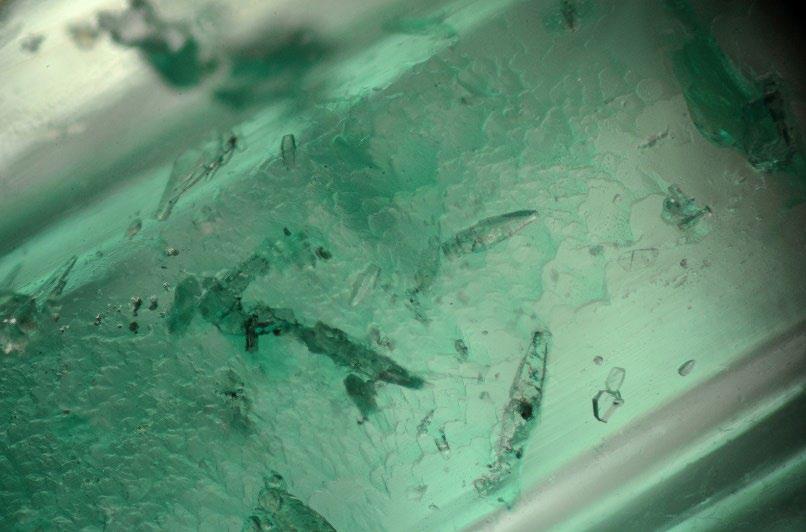

• Phosphate mineral
• First discovered in Finland in 1954
• Here 12 & 16ct faceted stones
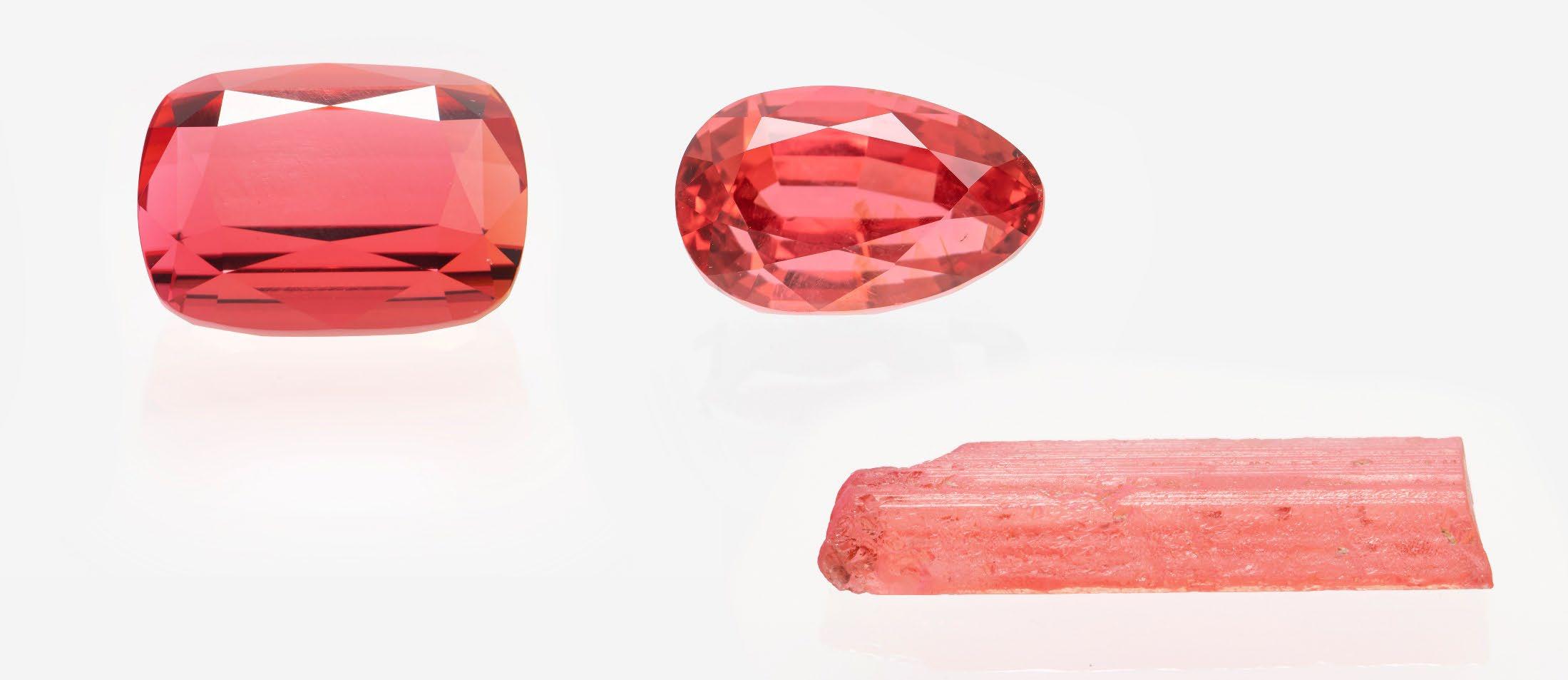


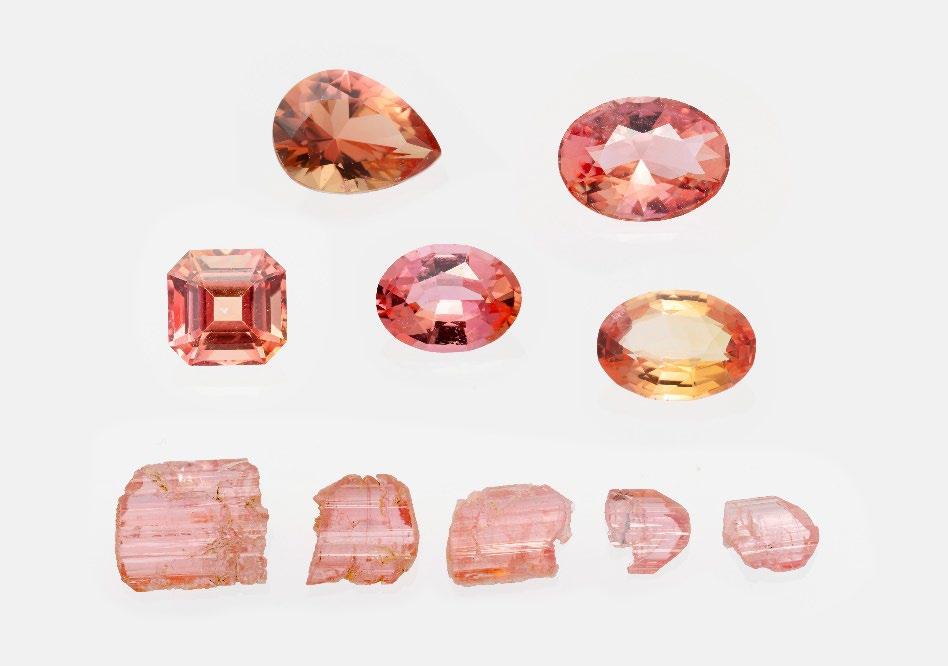
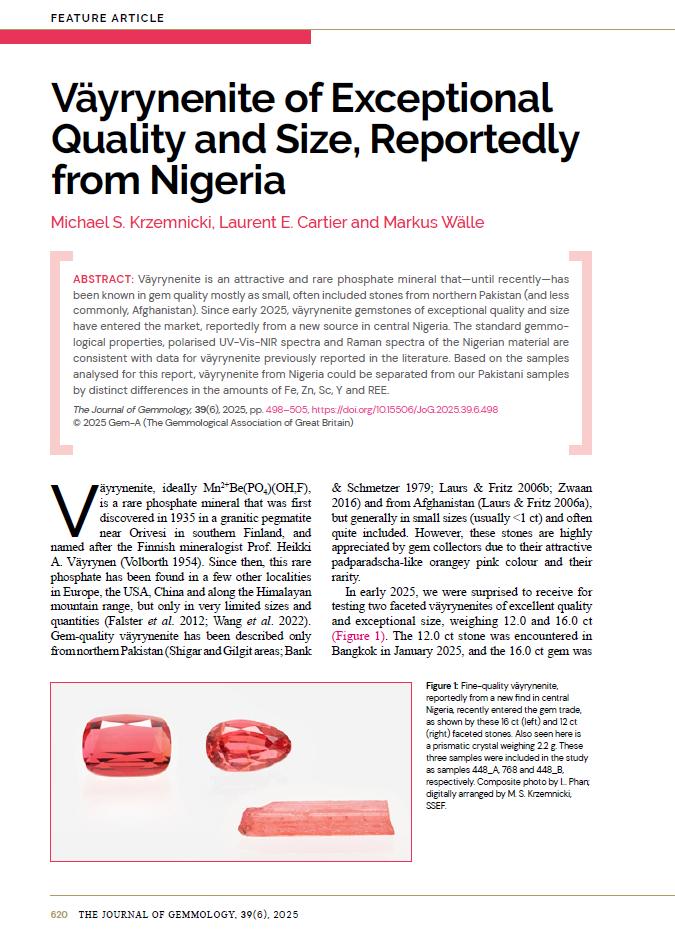

• Comes from Madagascar
• First discovered there in 1902
• Contains boron
• Refractive index 1.583 – 1.639
• Stone of nearly 7 ct mounted in a ring. Sold for US$ 75,312 at Bonhams in Hong Kong in June 2021, with SSEF report 106703.
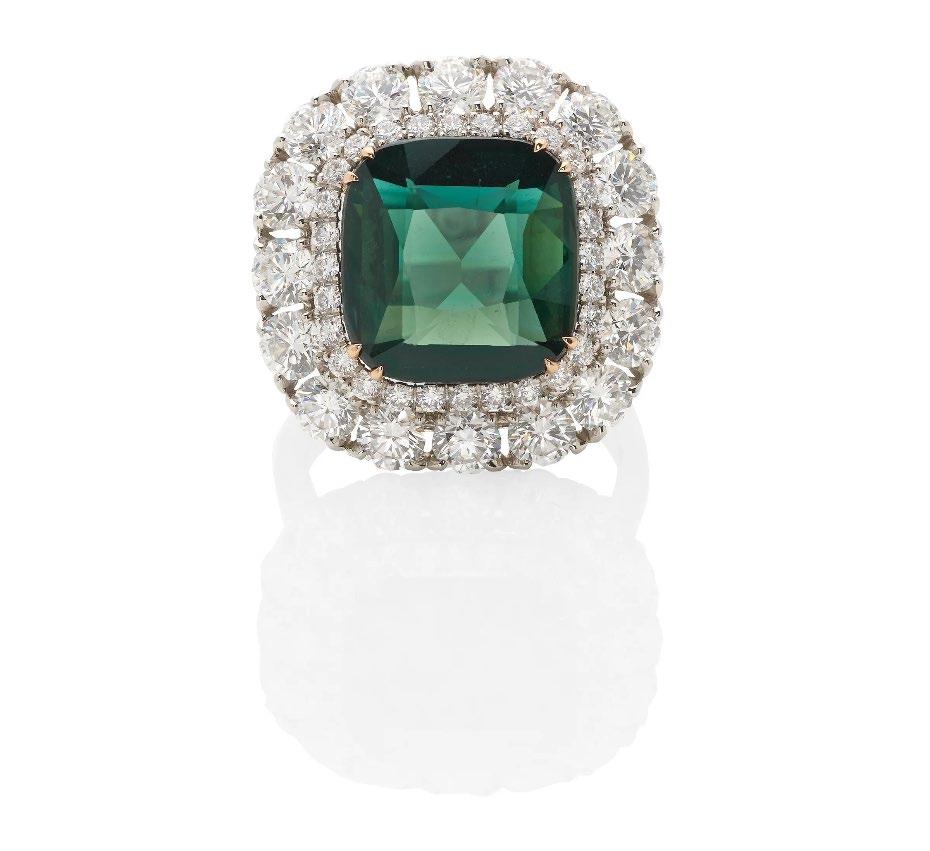

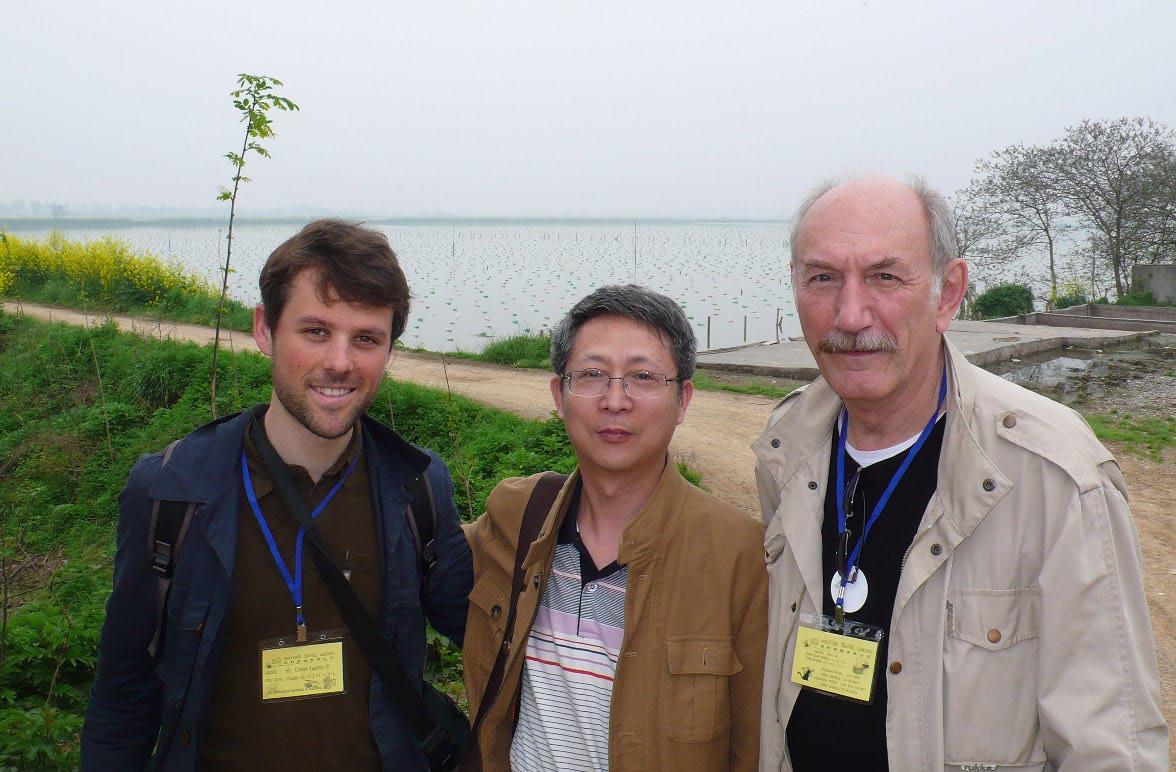
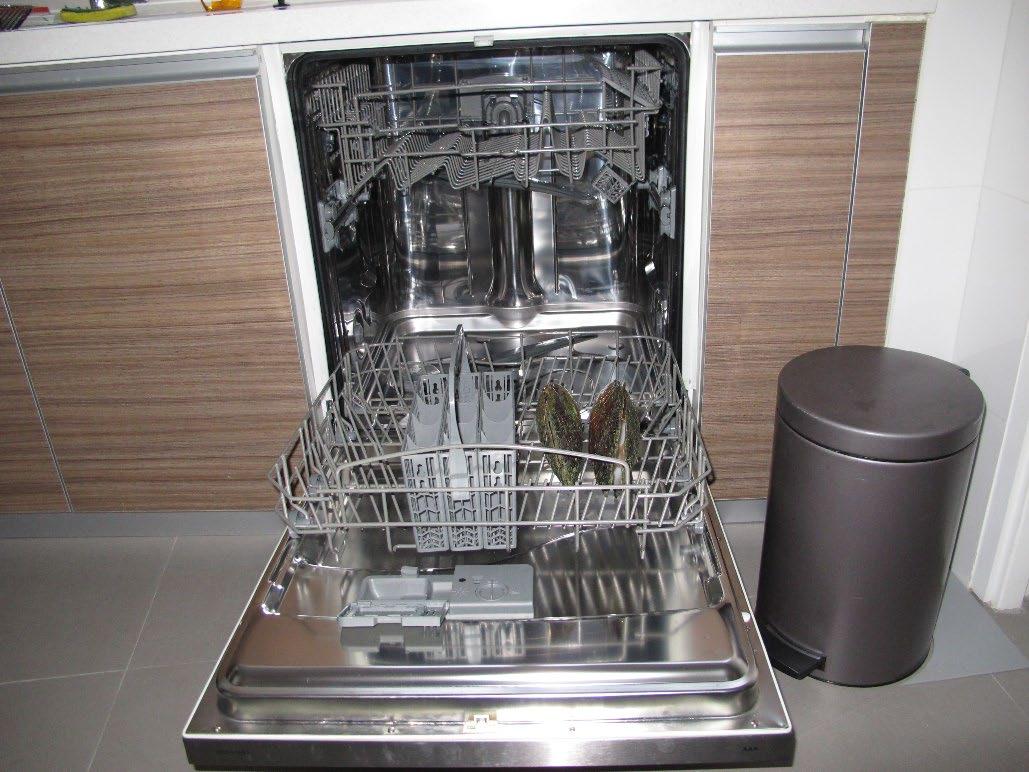
Pearl farm visits in China with Henry in 2012



Diving with Henry in Indonesia in 2011
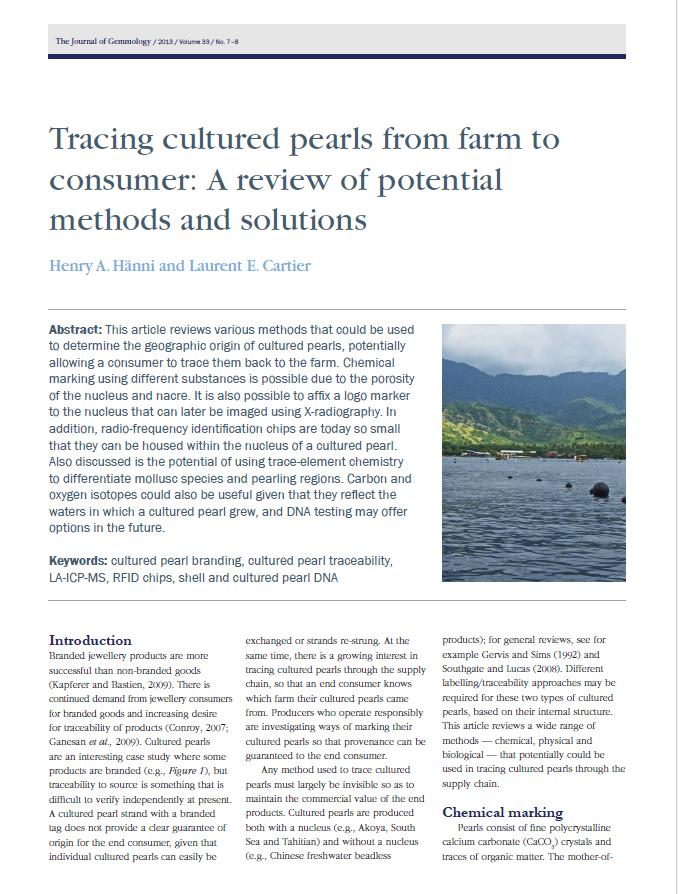

New modules added recently:
• Sustainability (EN & FR)
• Jade (EN & FR)
• History of Jewellery (EN & FR) https://www.ssef.ch/masterclass/
